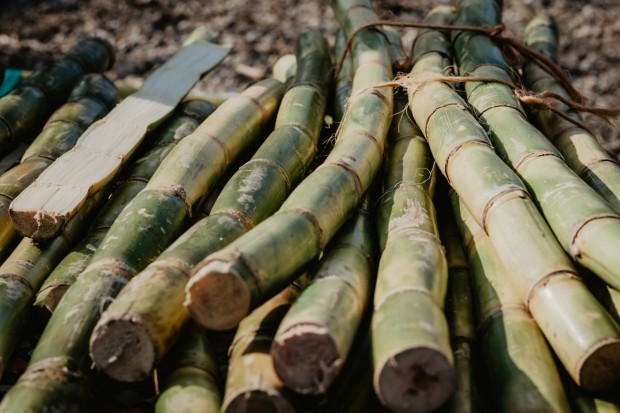Agricultural waste is commonly utilized as fertilizer. On the other hand, are you aware that it can also be transformed into sustainable materials in the construction sector? With the assistance of ongoing research conducted by professionals in the building business, British experts were able to transform waste from sugar cane into a building material known as Sugarcrete that is favorable to the environment.

(Photo : Unsplash/Victoria Priessnitz)
Developments of Sugarcrete
Sugarcrete was initially shown to the public in May 2023, and it was produced through a collaboration between the University of East London (UEL) and the British company Tate & Lyle Sugars. As mentioned, the product comprises sugarcane bagasse mixed with proprietary mineral-based binders. Compression and curing transform this combination into high-strength blocks that can be utilized as an alternative to conventional bricks made of clay or concrete.
As per the University, Sugarcrete is said to cure far more quickly than concrete in one week compared to four weeks. It weighs one-quarter to one-fifth as much per block of the same size, and it is significantly less expensive to create than concrete.
Moreover, Sugarcrete has a carbon footprint of 15% to 20% smaller than concrete. It has reportedly been estimated that between 5 and 8% of all carbon dioxide emissions caused by humans are attributable to the generation of heat utilized in producing traditional Portland cement, which is required to produce concrete.
Also Read: Important Tips for Safeguarding Your Construction Site Against Natural Calamities
Science Behind Sugarcrete
The UEL embarked on designing a prototype floor slab utilizing Sugarcrete as part of their research program. Through the utilization of cutting-edge digital modeling and robotic fabrication, the group was able to conduct an exhaustive evaluation of the ultra-low carbon material's potential for use in construction environments.
Elena Shilova, an architect for Grimshaw, supplied insights into the design dynamics. Shilova explained that when incorporated as a floor surface, Sugarcrete modifies Abeille's 1699 design for dry assembly flat vaults. In addition to transferring loads across the slab, the interlocking components reduce the steel present by as much as 90%.
Furthermore, this product decreases the utilization of steel, in conjunction with the utilization of sugar cane fibers of varied densities, enabling the slab to sidestep the challenges that conventional concrete encounters when subjected to pressure. Shilova also indicates that it has become proficient at absorbing the impacts of seismic stress, which is essential in locations prone to earthquakes and where sugarcane agriculture is widespread.
On the other hand, by volume, sugarcane is the crop that is produced the most globally. Manufacturers of sugarcane can mitigate some of the adverse effects of the crop on the environment by utilizing bagasse in the creation of new building materials and other goods that can keep the carbon sequestered in the fiber. For this reason, among many others, Sugarcrete has also been nominated for this year's Earthshot prize, which honors five categories of outstanding global sustainability projects.
In the next rounds of the research, the Sugarcrete team claims that the following steps will involve the development and co-design of digital tools that are related to the availability of by-products from a variety of crops and geographies, as well as performance metrics that map the potential to deploy Sugarcrete on a worldwide scale.
Related Article: Corn Cobs Waste Transformed into Innovative Sustainable Building Materials







